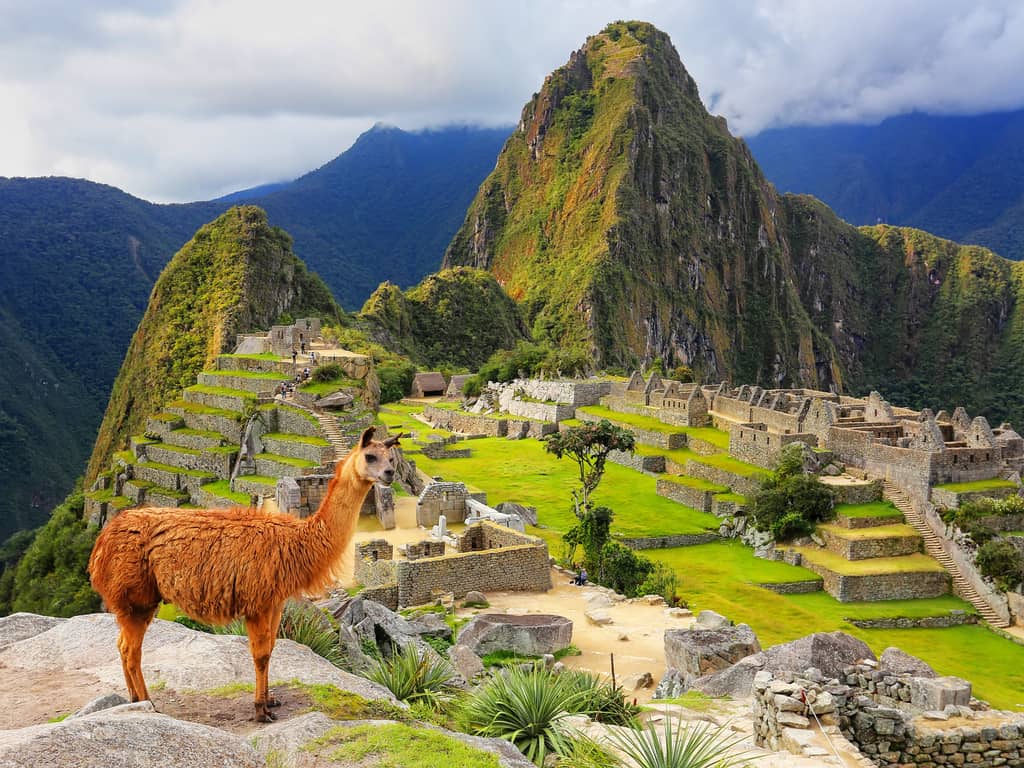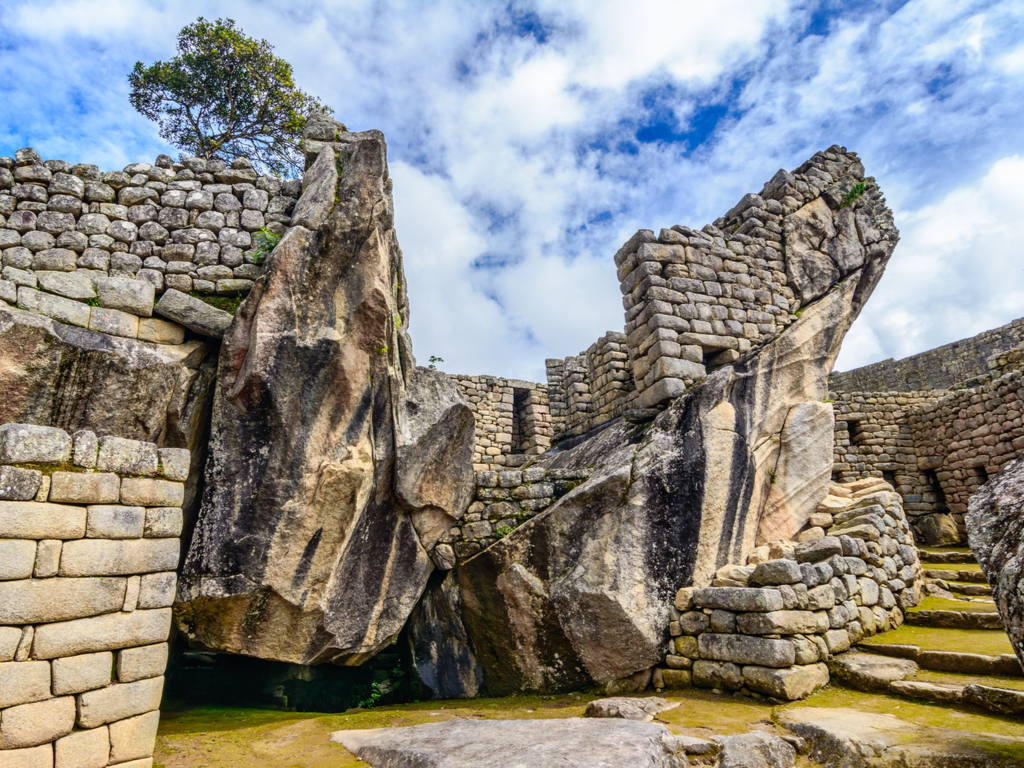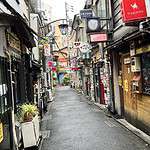The stone city of Machu Picchu is by far a fascinating archaeological site in Peru. It is a testament of power and ingenuity of the Inca people, one of South America’s largest ancient empires.
Built around the mid-fifteenth century, Machu Picchu is one of the few well-preserved remnants of the Inca civilization.
Contents
What is Machu Picchu, and who built them?
Machu Picchu is a striking example of the Inca’s engineering feat. The Inca people constructed Machu Picchu’s palaces, terraces, temples, plazas, and the infrastructure using only stones.
Mind you, they didn’t use any metal tools, wheels, or mortar while building these structures.
Nonetheless, the stones of Machu Picchu buildings are so sharply and precisely cut that they snuggly fit into one another, even after forgoing the use of mortar. You just can’t separate two rocks.

Another thing to note is that the location of Machu Picchu is between two fault plates. This factor makes it prone to damage due to earthquakes. The stones’ unique cut and fit, make sure that they bounce back to their original position after shaking. These engineering marvels have managed to preserve Machu Picchu for over 500 years.
Why it was built, you may ask. Its purpose is still a mystery to many archaeologists. These human-made structures seem to align perfectly with certain astrological events. However, all of a sudden, in the sixteenth century, Machu Picchu was abandoned.

Who discovered Machu Picchu?
Archaeologists couldn’t configure the purpose of the site since the Incas had no written language. It was long isolated and unnoticed until Hiram Bingham, an American archaeologist, discovered it in 1911.
How to get to Machu Picchu?
Below are our recommendations for routes from Lima to Machu Picchu. First, get to Cusco from Lima by plane or the Peru Hop bus. Then you may choose any of the following :
- If you have a tight schedule, you can go by train: Get on a train from Cusco, followed by a bus ride to the entrance of the ruins.
- But if you want to enjoy your travel to the fullest, keep four days in hand and follow the classic Inca trail. Trek all the way, and explore some picturesque spots on your ways such as Phuyupatamarca and WinyaWayna.

How much does it cost to get there?
The entry ticket costs somewhere around $60-80. If you travel with minimal expenditure, by trekking and bus and stay in the cheapest of hotels, you are bound to spend $250 on the entire trip. At the same time, the average expense of a Machu Picchu trip, including flights to food, may go up to around $550.
What is the best time to visit Machu Picchu?
We recommend booking your Machu Picchu tours for October, as the weather is pleasant and you get to face the little crowd.

Where to stay when visiting this ancient Inca place?
In 1983, Machu Picchu got the title of the UNESCO World Heritage site, and since then, it has attracted millions of tourists each year. Located more than 7,000 feet above the sea level on the mighty Andes Mountains, this marvelous symbol of the Incan empire was designated as one of the Seven Wonders of the World in 2007.










